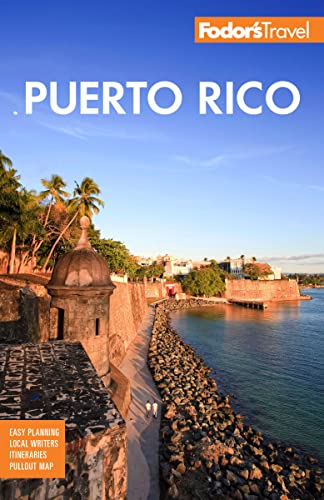"Open some days, closed others," reads the sign on a food kiosk near the canal that cuts through a part of this island. It's a pretty good motto for most of Culebra, which—if you can imagine it—is even more laid-back than Vieques. Visitors don't come here for highbrow entertainment. They come for one thing: beaches. Culebra is known around the world for its curvaceous coastline. Playa Flamenco, the tiny island's most famous stretch of sand, is considered one of the top 10 best beaches in the world. If Playa Flamenco gets too crowded, as it often does around Easter or Christmas, many other neighboring beaches will still be nearly deserted. And if it's complete privacy you're after, hire a motorboat to take you to one of the nearby islets, such as Isla Culebrita or Cayo Luis Peña. It won't be difficult to find a little cove that you can have all to yourself.
Archaeological evidence shows that Taíno and Carib peoples lived on Culebra long before the arrival of the Spanish in the late 15th century. The Spanish didn't bother laying claim to it until 1886; a lack of freshwater made it an unattractive location for a settlement. The U.S. Navy and Marine Corps, however, thought it was a very valuable piece of real estate. Although President Theodore Roosevelt created a wildlife refuge here in 1909, the military later used this island, as well as nearby Vieques, for target practice and amphibious assault training, beginning in WWII. Despite having a smaller population than Vieques, the residents of Culebra staged a number of sit-ins and succeeded in ousting the military in 1975.






